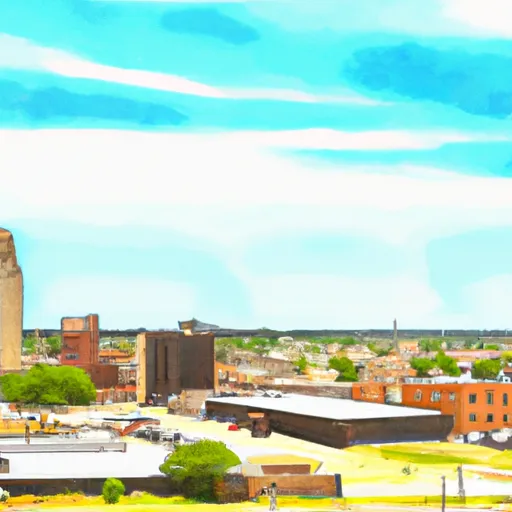°F
°F
mph
Windspeed
%
Humidity











Lincoln, Texas is a small town located in Lee County, in the central part of the state. The climate in Lincoln is classified as humid subtropical, characterized by hot summers and mild winters. Summers are typically hot and humid, with temperatures frequently exceeding 90°F (32°C), while winters are mild, with temperatures rarely dropping below freezing. Precipitation is fairly evenly distributed throughout the year, with average annual rainfall of around 40 inches (1,016 mm).
Hydrologically, Lincoln is not located near any major bodies of water. The town sits on the eastern edge of the Texas Hill Country, an area known for its limestone aquifers and springs. The Colorado River and its tributaries flow not far from Lincoln, providing opportunities for water-based activities such as fishing, boating, and kayaking.
Outdoor recreation opportunities in Lincoln and the surrounding area are abundant. The region offers extensive opportunities for hiking and exploring nature, with several parks and nature trails nearby. Nearby Lake Somerville State Park provides opportunities for camping, picnicking, swimming, and fishing. Additionally, there are opportunities for hunting, birdwatching, and wildlife observation in the surrounding area.
Weather Forecast
Lincoln receives approximately 925mm of rain per year, with humidity levels near 83% and air temperatures averaging around 20°C. Lincoln has a plant hardyness factor of 8, meaning plants and agriculture in this region tend to thrive here all year round.
Regional Streamflow Levels
312
Cubic Feet Per Second
0
Cubic Feet Per Second
2,320
Cubic Feet Per Second
0
Cubic Feet Per Second
Nearby Camping
| Camping Area | Reservations | Toilets | Showers |
|---|---|---|---|
| Falls on the Brazos Park | |||
| Vernon L Richards Riverbend Park | |||
| Yoakum City Park | |||
| Hub City RV Park | |||
| Pecan Point - Navarro Mills Reservoir | |||
| Park Prarie - Lake Fayette |



